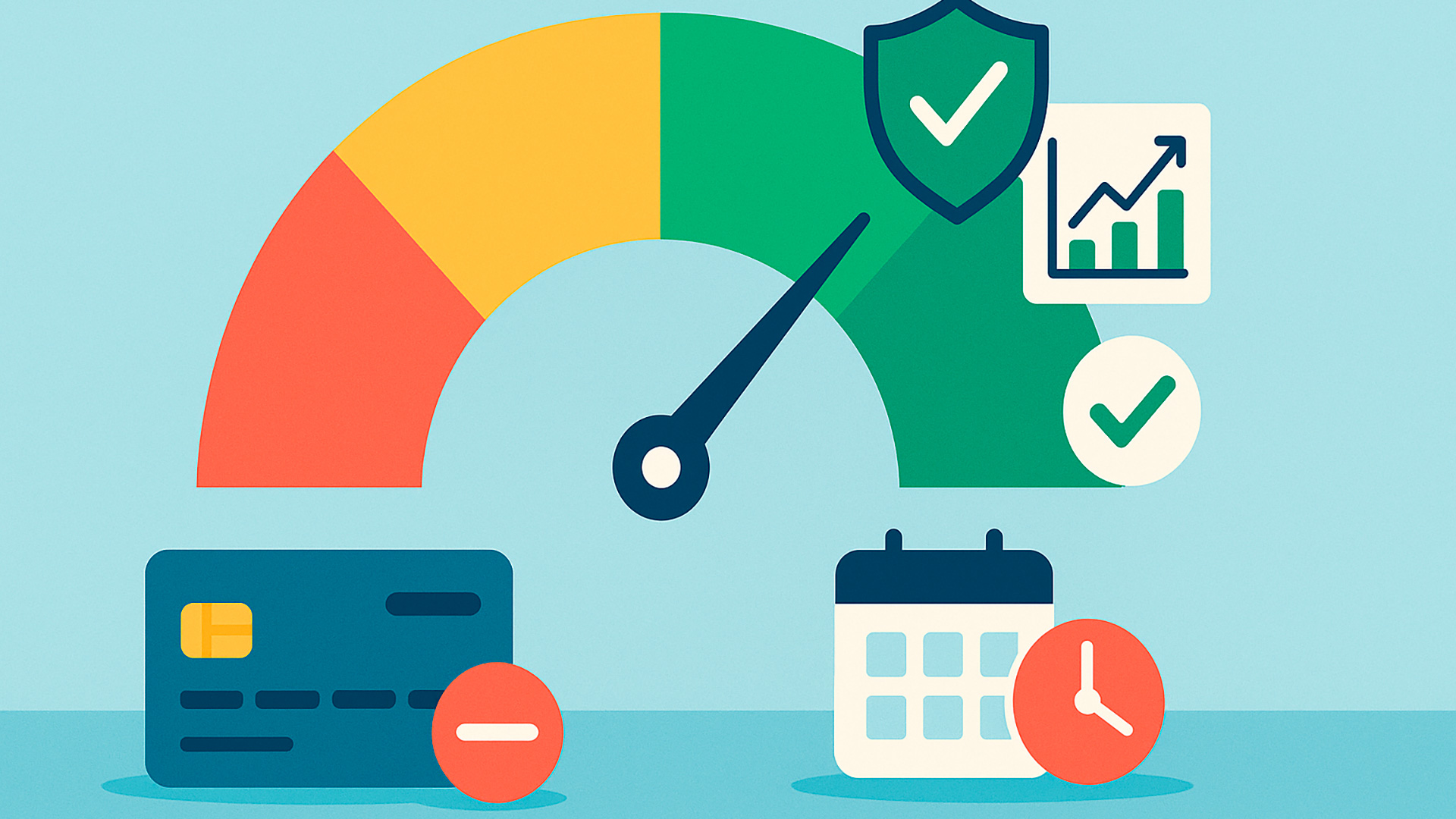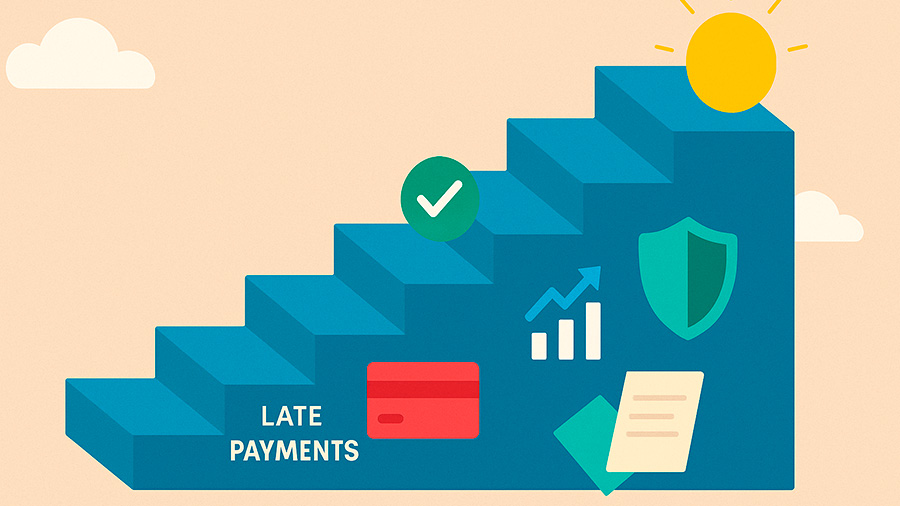
For most people, credit represents more than just a number—it’s a reflection of trust, stability, and opportunity. A good credit profile can open doors to low-interest loans, rental approvals, and better insurance rates, while a poor one can make even basic financial tasks stressful. The concept of credit improvement< is not just about raising a score; it’s about rebuilding financial confidence and learning how to manage money effectively. Whether you’re recovering from past mistakes, starting over after bankruptcy, or simply looking to strengthen your credit health, the path to improvement is within reach for everyone.
Understanding How Credit Works
Before beginning any kind of credit improvement, it’s essential to understand how credit scores are calculated. In the United States, major credit bureaus—Experian, Equifax, and TransUnion—collect data about how individuals use credit and assign a score, usually ranging from 300 to 850. Higher scores indicate greater reliability. The factors that make up your credit score include:
- Payment history (35%) – The most important factor. Late or missed payments can cause significant drops.
- Credit utilization (30%) – How much of your available credit you’re using. Keeping it below 30% is ideal.
- Length of credit history (15%) – The longer your accounts have been open, the better.
- Credit mix (10%) – A healthy balance of revolving and installment credit shows versatility.
- New credit (10%) – Too many new applications can make you appear risky to lenders.
Knowing how these factors interact helps borrowers identify where to focus their efforts. For instance, if most of your negative marks are from missed payments, consistency is your best strategy. If your issue is high utilization, debt repayment becomes your priority.
Table: Major Credit Score Factors and Their Impact
| Factor | Weight in Score | How to Improve |
|---|---|---|
| Payment History | 35% | Make on-time payments every month |
| Credit Utilization | 30% | Keep balances below 30% of limits |
| Length of History | 15% | Maintain old accounts even if unused |
| Credit Mix | 10% | Use both revolving and installment credit |
| New Credit | 10% | Limit applications to avoid hard inquiries |
Taking the First Steps Toward Credit Improvement
The process starts with awareness. Many people don’t realize what’s on their credit reports until they apply for a loan and get denied. The first step is to obtain your free annual credit report from all three major bureaus. Reviewing these reports allows you to spot errors, outdated information, or fraudulent accounts. Disputing inaccuracies can provide a quick and measurable boost.
After ensuring accuracy, the next step is to establish consistent, positive behavior. Credit improvement isn’t about short-term fixes; it’s about proving over time that you can manage credit responsibly. Even one year of timely payments can dramatically raise a score. For those with limited or damaged credit, secured credit cards and credit-builder loans are great starting tools for creating new, positive history.
Real-Life Example: From Poor Credit to Financial Stability
Consider Amanda, a single mother from Colorado, who had a credit score of 540 after a divorce and job loss. She began by checking her reports and disputing several errors that weren’t her responsibility. She opened a secured credit card, used it for groceries, and paid the balance in full each month. She also negotiated a lower interest rate on an old personal loan. Within 18 months, her score rose to 690, allowing her to qualify for a car loan with a reasonable interest rate. Amanda’s story proves that credit improvement is not about perfection—it’s about persistence and smart planning.

Practical Strategies to Boost Credit
Credit repair isn’t just for those in financial trouble. Even people with average credit scores can benefit from improvement efforts. The following strategies help build long-term success:
- Automate payments: Automatic payments prevent forgetfulness and ensure consistency.
- Pay down debt systematically: Use the “avalanche” method (tackling highest interest first) or “snowball” method (starting with smallest balances).
- Use less than 30% of available credit: The lower your usage, the better your score.
- Don’t close paid-off cards: They continue to help your credit age and utilization ratio.
- Review progress every few months: Tracking your score keeps motivation high and reveals which habits work best.
Table: Short-Term vs. Long-Term Credit Improvement Goals
| Goal Type | Actions | Expected Results |
|---|---|---|
| Short-Term (0–6 months) | Dispute errors, lower utilization, pay on time | Score increase of 20–50 points |
| Medium-Term (6–18 months) | Use secured cards, diversify credit mix | Significant increase, improved loan eligibility |
| Long-Term (18+ months) | Maintain consistent habits and low debt | High credit score, access to premium rates |
When to Seek Professional Assistance
Sometimes credit issues become too complex to handle alone. Collection accounts, identity theft, or past bankruptcies can make recovery challenging. In such cases, professional assistance may be the right option. Credit counseling agencies and financial advisors offer personalized strategies, negotiate with creditors, and provide debt management plans. Legitimate firms explain all fees upfront and never promise instant results. Working with specialists can accelerate the credit improvement process while ensuring that changes comply with regulations under the Fair Credit Reporting Act (FCRA).
Example: Credit Counseling Success
After years of financial stress, David and his wife in Ohio turned to a nonprofit credit counseling agency. The agency negotiated lower interest rates on their credit cards and combined five monthly payments into one. Within two years, their total debt fell by 40%, and their credit scores rose from the low 500s to above 700. This example highlights that seeking help isn’t failure—it’s a smart, strategic part of credit improvement.
How Credit Improvement Affects Everyday Life
Strong credit has ripple effects across many areas of life. Landlords, employers, and insurance companies often check credit histories before making decisions. Better credit means lower insurance premiums, easier job approvals, and more affordable loans. More importantly, it builds peace of mind. Instead of living paycheck to paycheck or fearing loan rejections, people with improved credit enjoy financial freedom and security.
Long-Term Benefits of Credit Improvement
Improving your credit doesn’t just fix short-term problems—it builds a foundation for lifelong stability. With better credit, you’ll qualify for mortgages with lower interest rates, reducing lifetime costs by tens of thousands of dollars. You’ll also gain access to rewards programs, business financing, and emergency credit lines when needed. Families benefit, too, as financial education and responsible habits are passed down to the next generation. Over time, the decision to pursue credit improvement creates not only wealth but confidence and independence.
The Journey Toward Financial Empowerment
Credit is more than a number—it’s a reflection of your financial story. The process of credit improvement gives everyone, regardless of background or past mistakes, the opportunity to rewrite that story. Real-world examples show that small, consistent actions—checking reports, paying on time, lowering debt—build momentum that changes lives. With patience, education, and the right strategy, every borrower can achieve meaningful progress. Strong credit opens doors, but more importantly, it brings peace of mind and the confidence to shape your own financial future.
